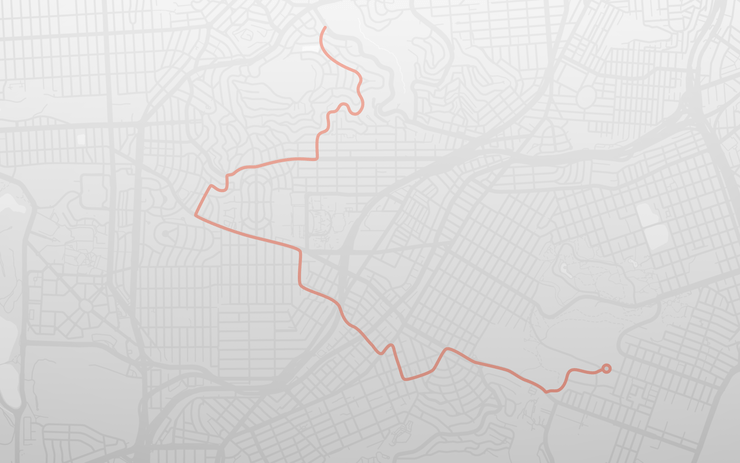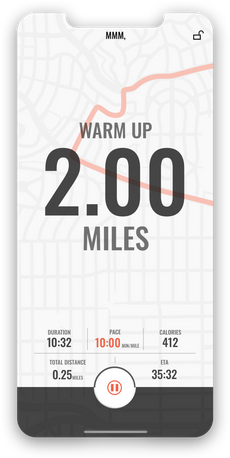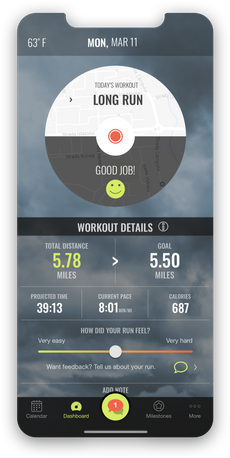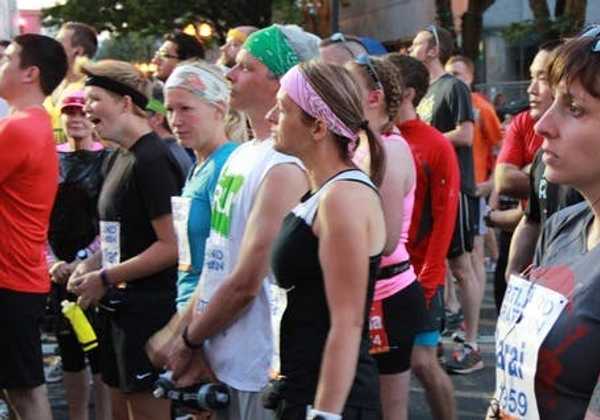What's the keto diet all about?
June 10th 2020
by Matt Forsman a.k.a. Marathon MattPhoto by silviarita on Pixabay
When you run at a moderate speed, your primary fuel source is carbohydrates. This is largely because carbohydrates are an easily accessible fuel source that reside in your muscles, liver, and blood. But, if you run long enough, your body will start to exhaust its supply of carbohydrates.
As your body runs low on carbohydrates, it begins to leverage more fat as a fuel source. This usually occurs right around the time you begin to hit the dreaded 'wall'. When you hit the wall, you almost inevitably slow down.
Running becomes much tougher. This is largely because fat is not the most efficient fuel source for the act of running. It's harder for your body to access it.
This is unfortunate as 'pound for pound' you get more energy from a gram of fat than you do from a gram of carbohydrates. You also (likely) have way more fat available to use as a fuel source than carbohydrates. Imagine if you could find a way to leverage all that fat to fuel your running.
As It turns out, you can. You can train your body to use more fat. One way to do this is by utilizing the 'keto diet'.
We reached out to Registered Dietician and Sports Nutritionist, Sarah Koszyk to weigh in on the Keto Diet and whether or not it's something runners should consider as a way to improve their running performance. Read on for the lowdown.
So, exactly what is the 'keto diet'?
The ketogenic diet is a low-carbohydrate, high-fat diet that involves drastically reducing carbohydrate intake (from 20-50 grams per day) and replacing the carbs with fat. Extremely low intake of carbs results in putting the body into a metabolic state called, ketosis. Ketosis is where the body produces ketones and instead of using carbs for energy, the body burns fat. Ketosis can be dangerous when too many ketones build up in the body. High levels can lead to dehydration and change the chemical balance of the blood. However, a steady state of ketosis can make one feel less hungry and it may help maintain muscle mass.
If I'm training for a 5K, 10K, half marathon, or marathon, will the keto diet work for me?
It will work if one is consistent with their intake. It takes the body about two to four days of eating very low amounts of carbs for the body to start burning fat for energy. People who choose to follow a keto diet need to strictly adhere to it to get the fat-burning results. You still need to make sure you are adequately fueling pre-, during, and post-run. The only difference is the source of fuel you are intaking.
Are there any side effects with the keto diet?
Low-carb diets can suppress some markers of protein synthesis and result in a potential reduction in high-energy performance. This results in less energy to go all out during training or in a race.
Is the keto diet similar to the 'Whole30' diet where you do it for a limited period of time? Or is it a diet you can do all the time?
The challenge for following a keto diet is maintaining it over time and not having “cheat” days where a person eats more carbs than allocated. The body needs time to sufficiently become fat-adapted so that it is trained to tap into fat stores for energy during activity. This process can take several months for runners to truly start to burn fat for fuel. People need to be diligent and super consistent with their food intake and that can be a challenge for some. It’s a diet you must do all the time.
Will the keto diet impact my running?
The bottom line is that fat can be used for fuel under strict conditions but runners need to be very consistent with their diet so the body can actually tap into fat stores. However, many people may not strictly adhere to the keto diet, and therefore, won’t allow their body to efficiently use fat for fuel. The average person who runs at higher intensities and shorter durations should focus on carbohydrates as the main fuel source. For optimal performance, include moderate carbs in one’s daily diet.
Sarah Koszyk, MA, RDN, is a Bay Area-based Registered Dietitian specializing in sports nutrition and weight management. Sarah has helped hundreds of endurance athletes properly fuel for their events from ultrarunning, ironman, triathlons, and more. She is the nutrition columnist for UltraRunning Magazine, Swimmer Magazine, and other publications including author of 365 Snacks for Every Day of the Year. Connect with her at SarahKoszyk.com.







